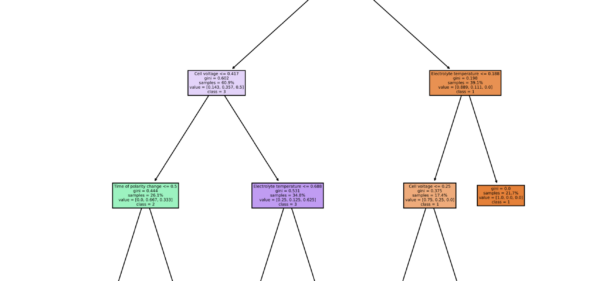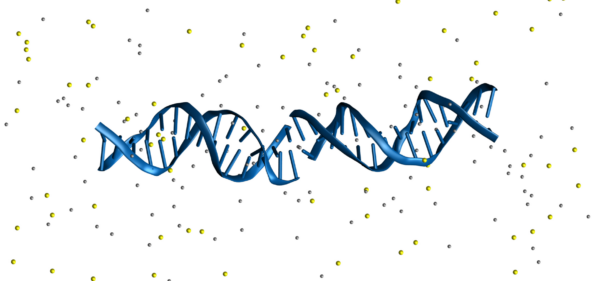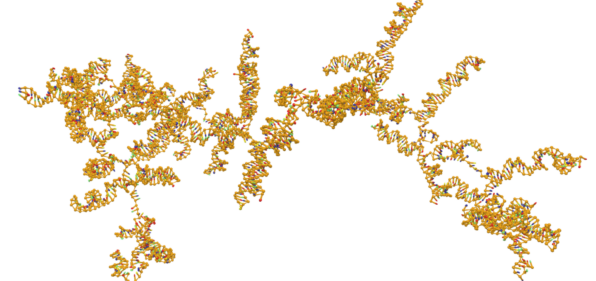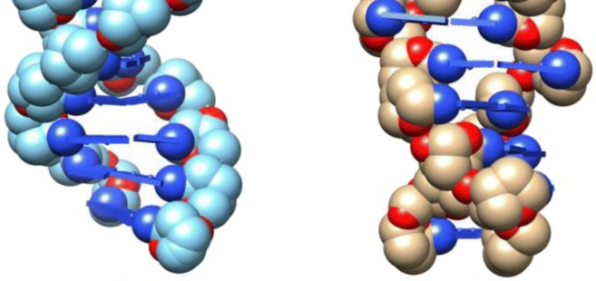Status
Completed
Period
12 February – 11 March 2023
Applicant
Roman Staňo
Home Institution
Faculty of Physics, University of Vienna, Kolingasse 14-16, Vienna 1090, Austria
Vienna Doctoral School in Physics, University of Vienna, Boltzmanngasse 5, Vienna 1090, Austria
Host Contact
Dr Davide Michieletto
Host Institution
School of Physics and Astronomy, University of Edinburgh, Peter Guthrie Tait Road, Edinburgh EH9 3FD, United Kingdom,
MRC Human Genetics Unit, Institute of Genetics and Cancer, University of Edinburgh, Edinburgh EH4 2XU, United Kingdom
Aim of the mission
Topological constraints play fundamental role in organization and regulation of biological soft matter such as kinetoplast DNA or human genome. Fundamental understanding of the involved topological effects is still incomplete, hindering us from harnessing the topology as a design feature of bio-inspired soft materials. For instance, DNA plasmids supercoiled to different degree exhibit different macroscopic properties such as mobilities. Can one control the microscopic parameters of topologically active matter to invoke a desired macroscopic response? We put forward a hypothesis, that such a control can be done using charge regulation. For instance supercoiled ring polymers composed of neutral monomeric units attain writhe-rich conformations, which allow relaxation of torsional bending. If the monomeric units were weakly acidic, quenching the pH would charge up the monomeric units, magnifying their self-repulsions. In such case, we would expect the writhe-rich conformations to be
energetically penalized – will the ring attain twist-rich conformations instead?
The overarching goal of the mission is to explore how does the charge regulation affect conformations of a single ring polymer of a complex ribbon topology.
Summary of the Results
We used hybrid Monte Carlo/molecular dynamics simulations to explore a polyelectrolyte ribbon, such that each monomeric unit is weakly acidic and thereby, its mean charge is controlled by pH. We showed that in the limit of low pH, resulting conformations exhibit high writhe and, overall, are highly coiled and tight. In the limit of high pH, the ribbon gets charged and self-repulsions within the ring disfavor writhing, hence converting the torsion-bending energy into twist. Configurations in this regime are swollen, possessing large ring opening. Our model shows that change of pH in annealed polyelectrolyte ribbons can control threadable area of the rings, therefore control rheological properties of such systems. Finally, we identified a region of parameters, where we can observe structures, where the topological response is not global, but results into one region rich in writhe and other rich in twist, resembling a phase separation.
Our work provides a proof of concept for topological control of twist and writhe in ring polymer ribbons, utilizing charge regulation of the polymer. On the quest for topological regulation of polymer materials, our study provides an interesting alternative to the complex biological machinery, typically investigated in this context. Finally, our study introduces a toy model, which enables us to study interplay of bending stiffness and torsion with electrostatic interactions, which are often overlooked in pertinent literature, albeit being important.
Dissemination
Currently, we are in the process of writing of the first manuscript, compiling the immediate results of the mission (submission expected in the first half of 2023). The results were presented at the internal group meetings, and we plan to present them at the upcoming workshop on Topological Soft Matter in Edinburgh in May, 2023 and at the International Symposium on Polyelectrolytes in Prague in August, 2023. Finally, we identified possible extensions of the project, allowing us to establish an open collaboration, which will continue after the conclusion of the mission.








